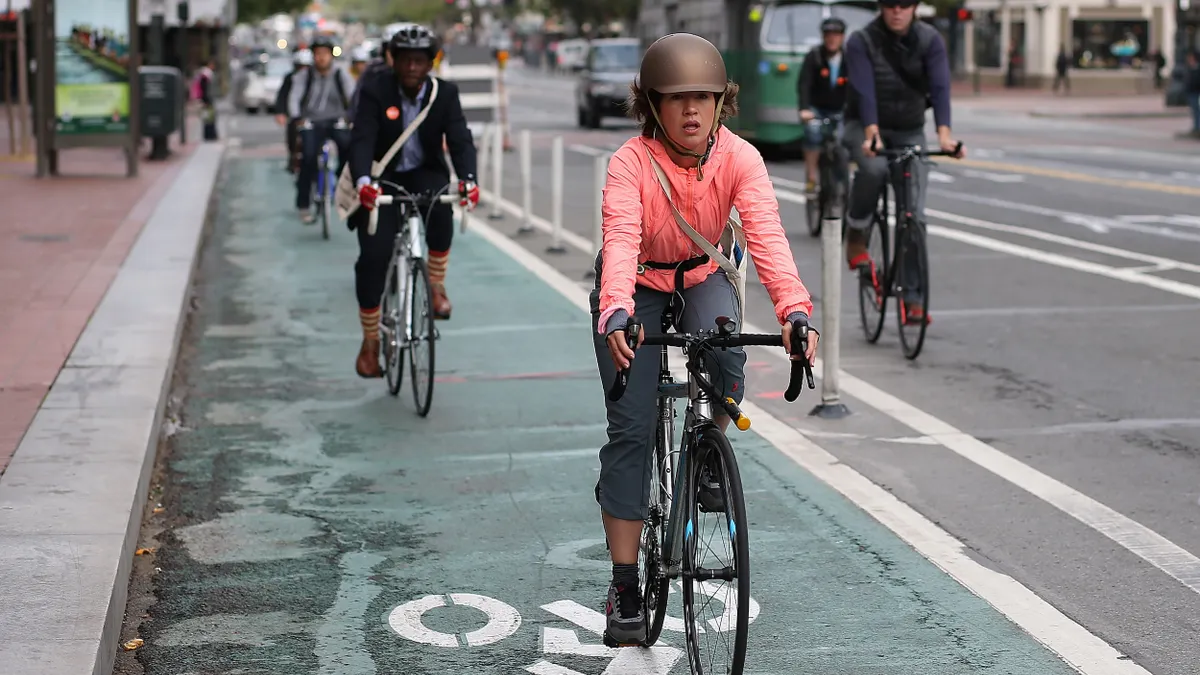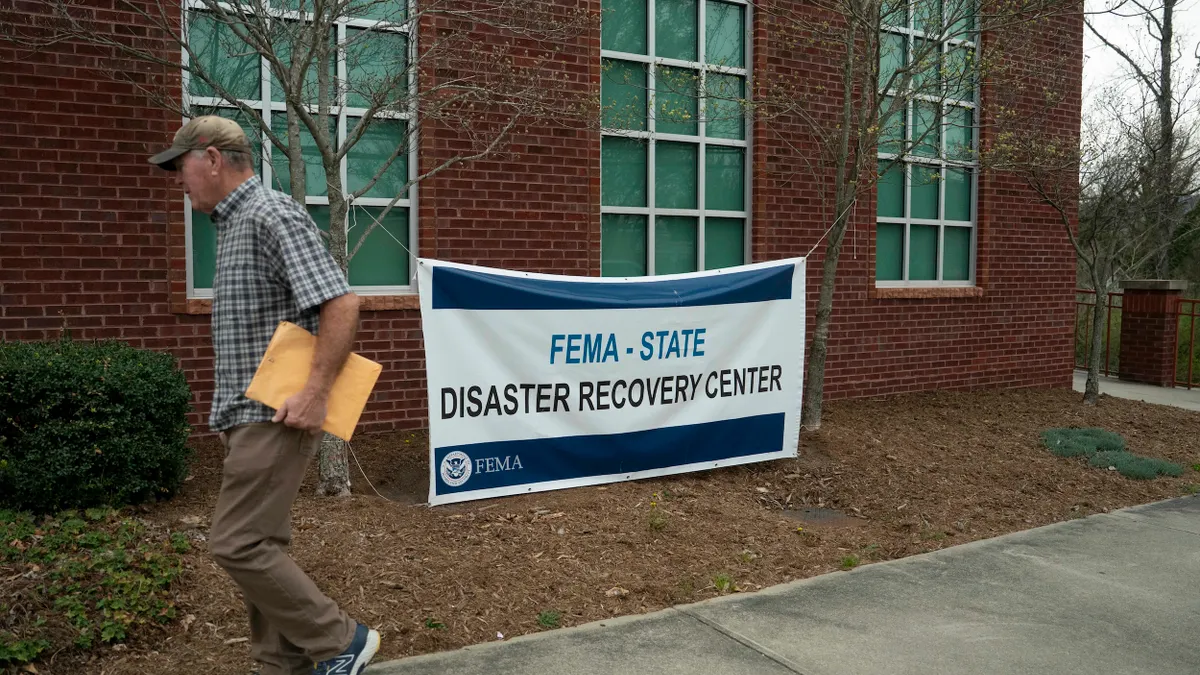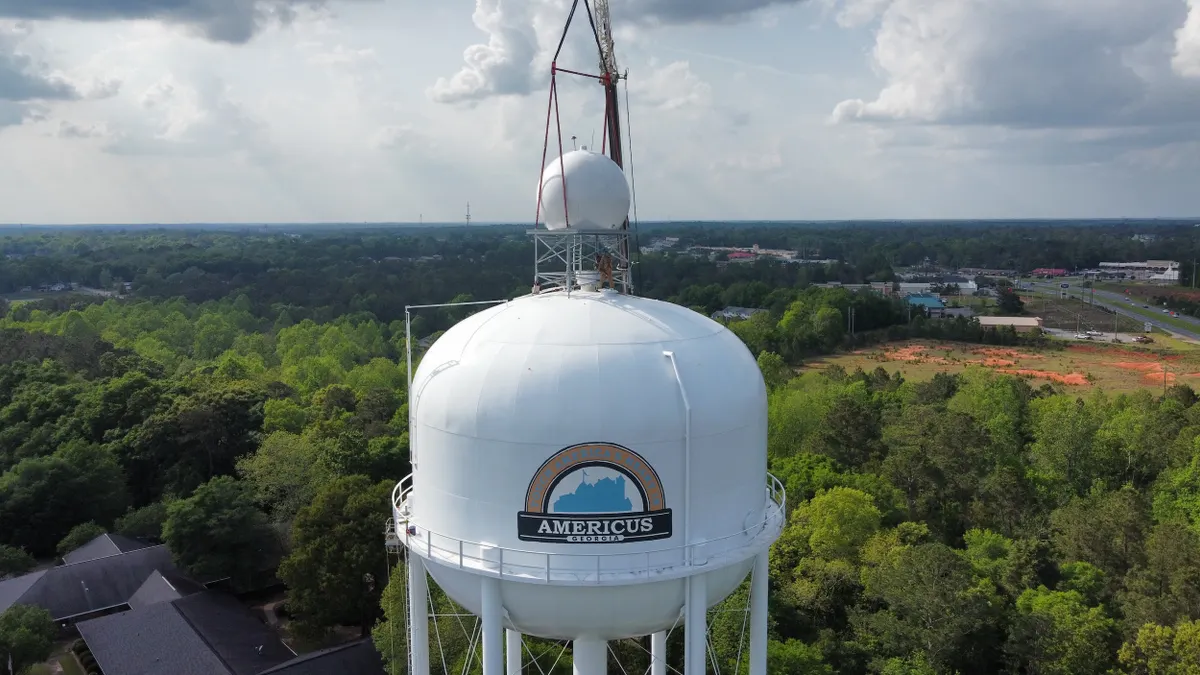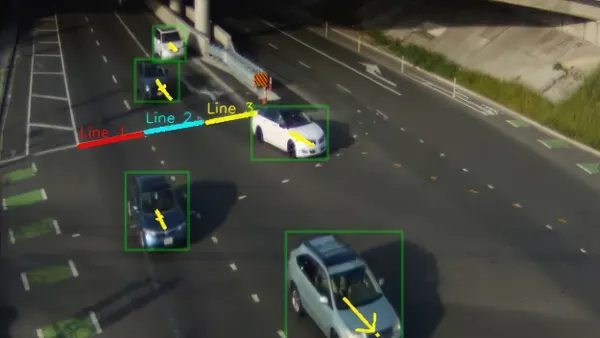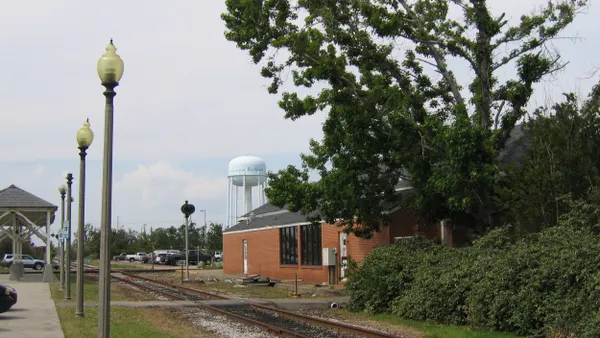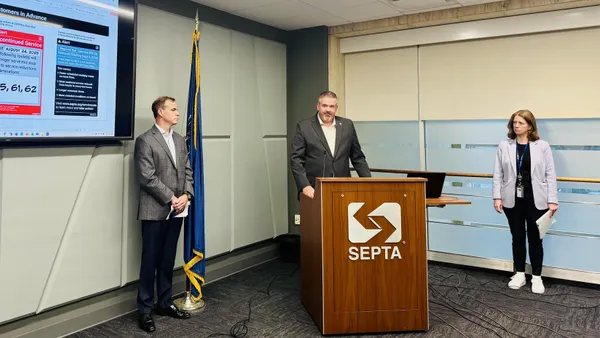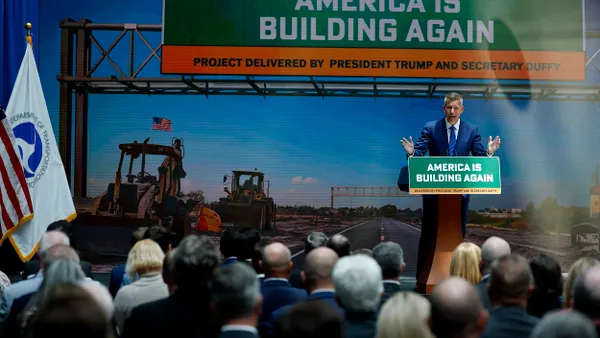Dive Brief:
- San Francisco’s automated speed safety cameras issued more than 31,000 warnings in April, according to the San Francisco Municipal Transportation Agency, which administers the program. The cameras were first turned on March 20 to address excessive speeding and reduce injuries in traffic collisions.
- The city of San Francisco is one of six California entities authorized by a 2023 law to deploy automated speed safety cameras as a pilot program. Los Angeles, San Jose, Oakland, Glendale, Long Beach and the county of San Francisco are the others.
- Nearly a quarter of drivers who received warnings were traveling more than 15 mph over the posted speed limit, per SFMTA data. Warnings will continue until Aug. 5, when citations will start to be issued.
Dive Insight:
With an understaffed police department, San Francisco Mayor Daniel Lurie sees automated enforcement tools as critical supplements to traffic safety. “Speeding is the number one cause of traffic injuries and fatalities in this city. It is my job as mayor to protect our residents and visitors,” he said in a March 20 statement.
An initial 21 cameras grew to 33 in June, covering all 11 districts in the city, including areas with a wide range of socioeconomic characteristics.
The SFMTA began a public awareness campaign two months before speed monitoring began. The outreach included billboards, bus-side advertisements, streaming videos and social media. Messaging was conducted in English, Spanish, Chinese, Filipino Tagalog and Vietnamese. Multilingual ambassadors went to local businesses in nine key areas, including the Embarcadero, Chinatown and North Beach.
The California Bicycle Coalition, which supported the legislation that created the pilot program, said in a July 9 web post that the cameras have already amassed a large amount of data. The organization found that almost one-third of the speeders were clocked at just two intersections by reviewing publicly available data.
“Gathering consistent data on how many people speed can reveal spots that put vulnerable road users at risk, beyond crash data,” the group’s executive director, Kendra Ramsey, wrote. That information could show where additional signage or traffic-calming infrastructure may be needed, she said. Revenue from the citations can be used to fund additional traffic-calming improvements in the city.



